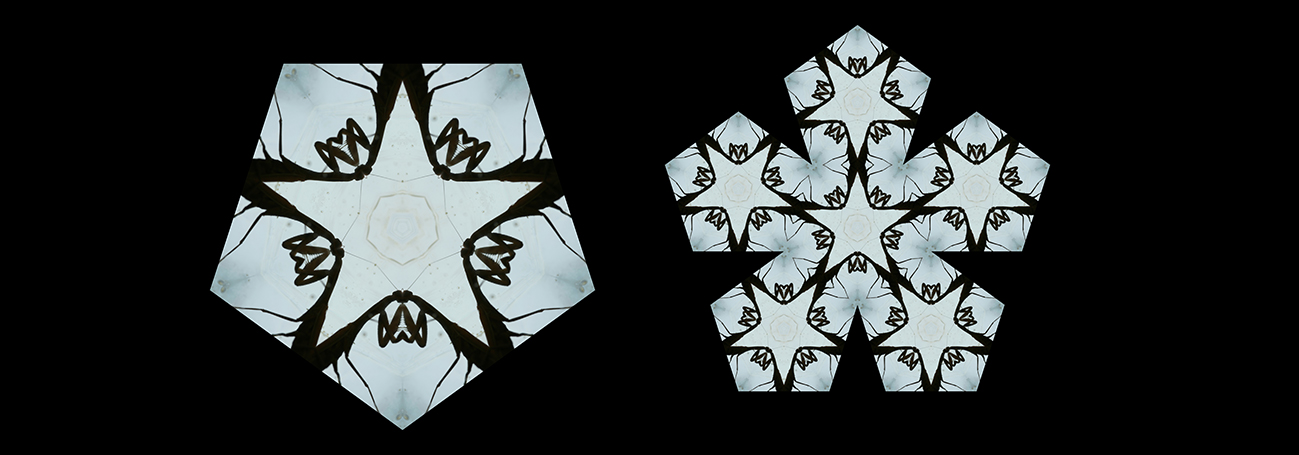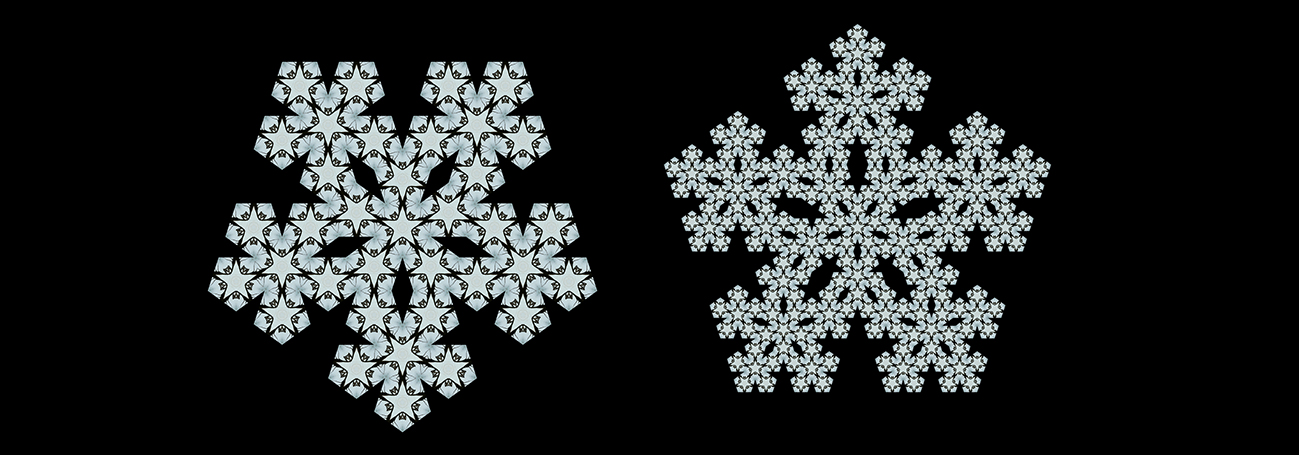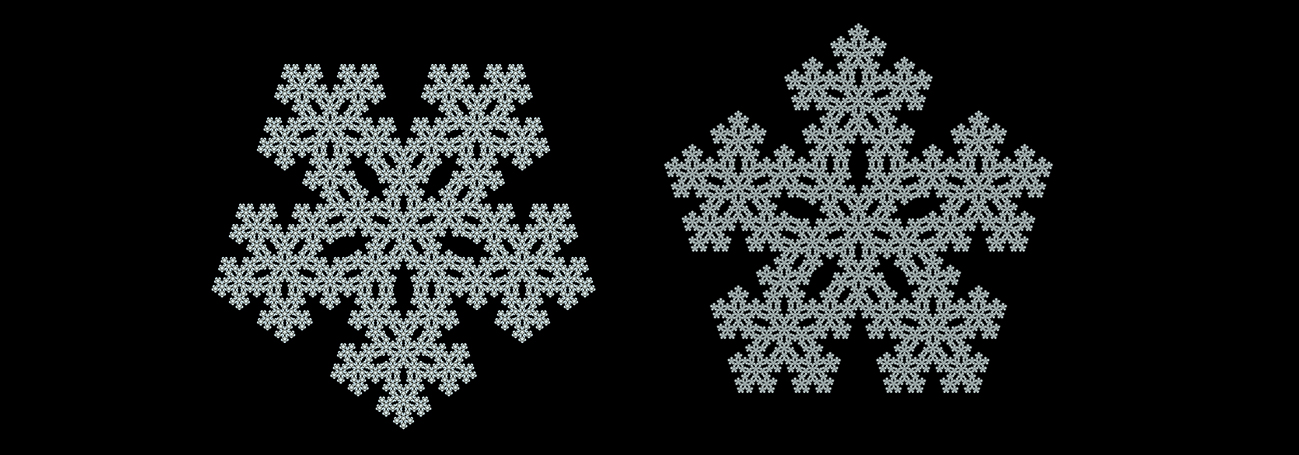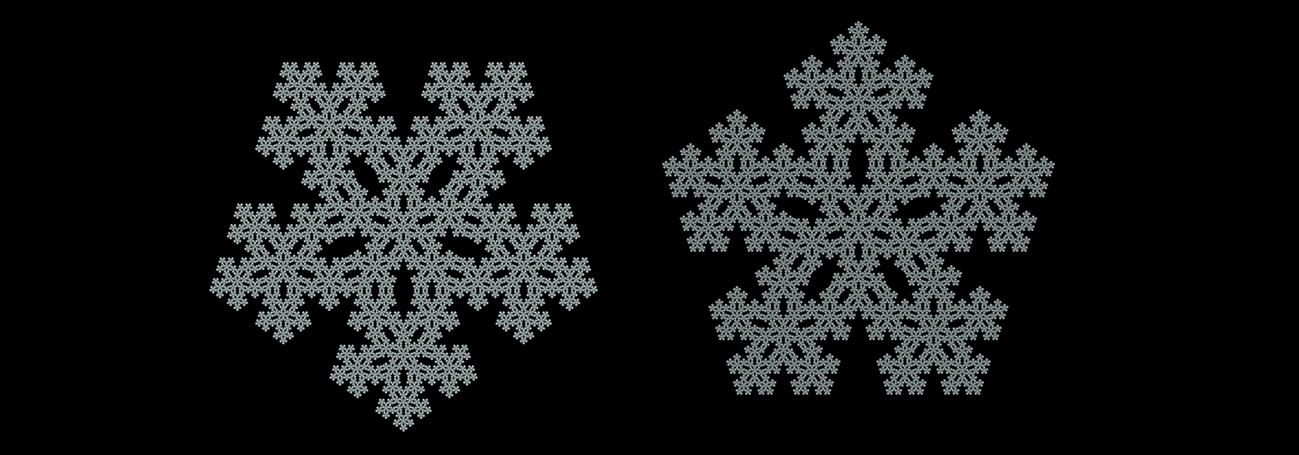INSTRUCTIONS FOR PREPARATION AND SUBMISSION OF PAPERS
INTERNATIONAL CONFERENCE SMARTART 2019
[Instructions for Authors in PDF]
Each paper consists of: author(s)’s name(s); name(s) of author(s)’s institution (affiliation); title; abstract; key words; main text (body of the paper); sources and literature; abbreviations; summary; list of illustrations (i.e. legend) and graphic appendices (illustrations).
Name(s) of author(s)
Full name(s) and surname(s), including the middle letter (first letter of father’s name), and year of birth of author(s)
(for example: Jovan D. JOVANOVIĆ (1960) / font size 12, bold).
Name(s) of author(s)’s institution (affiliation)
Full (official) name and headquarters of the institution where author(s) is/are employed or name of institution in which research whose results are published in the paper was conducted.
The names of institutions are listed in the whole, for example: University of Belgrade, Faculty of Philosophy – Department of History of Art, Belgrade (font size 12, italic).
The name(s) of author(s) and name(s) of institution(s ) are listed in the upper left corner of the paper.
If the author(s) is/are not linked to an institution or organization by their work, instead of affiliates, the place of residence should be indicated (example: Belgrade / font size 12, normal).
Title of the paper
Title is written in capital letters (for example: XXXXXXXXXXX / font 12, normal, capital, bold), and for subtitles a capital letter should be used at the beginning of a subtitle (Xxxxxxxxxxxxxxx / font size 12, normal, bold).
Abstract
Abstract is a brief informative overview of the paper contents, in the language of the paper, up to 250 words in length (font size 10, normal). It contains data on the research objectives, methodology applied, results of the research and conclusion.
Key words
Key words are terms or phrases that refer to the contents of the work and allow easy indexing and search. Maximum number of key words is 6 (font size 10, normal).
Main text (body of the paper)
Main text should not exceed 16 pages of A4 format (1,800 characters per page). The text is submitted in doc. or docx. Microsoft Office Word 97 format (or newer versions).
Font Times New Roman, size 12, spacing 1.5, margins 3. Size for notes 10.
Illustrations are submitted as separate files. In the main text use the instruction: xxx (Figure 5) to indicate to graphic attachment.
Words of foreign origin (e.g. Latin) should be typed in italics.
Language of the paper
Paper and its abstract should be written and submitted either in English or in Serbian (in Cyrillics). If the paper is written in Serbian, author(s) is/are obliged to submit a summary in the English language.
Quotations longer than one sentence are singled out in a separate passage, font size 11, normal, spacing 1, with the above quotation marks. In the case of translation from a foreign language, a quotation in the original language may be indicated in a note together with the bibliographic unit/source from which it was taken/translated.
Summary
Summary contains: name, middle letter and surname of the author (normal, capital, font size 12), title of the paper XXXXXX (normal, capital, font size 12, bold), subheading SUMMARY (normal, capital, font size 12), text of the summary (up to 1 page) and Keywords (maximum 6, normal, font size 10).
List of Appendices (List of Illustrations/Legend)
List of graphic appendices is submitted as separate part of the paper, in a separate folder.
It contains:
1. catalog data for each artwork: author, title of the artwork, year / century of creation, technique, dimensions, ownership / location (where the work is located: church, gallery, museum, private collection, etc.), or
2. information on the origin of the illustration: the source or literature from which they were downloaded, listed (in brackets) in the way they are quoted in the notes (with the indication of the number of pages on which the illustration is located).
The order of references with the illustrations (their ordinal number) within the list should correspond to the numerical code of the graphic appendix (01; 02; 03, etc.), as well as the order in which they are indicated in the text (fig.1, figure 2; .).
Examples:
1) Frančesko Gvardi (Francesco Guardi), Trg svetog Marka u Veneciji, around 1775, oil on canvas, 74,5 x 98,5 cm, inv. no. 034_138, Narodni muzej u Beogradu (photo: Veljko Ilić).
2) Kosara Bokšan, Autoportret, 1951, oil on canvas, 45 x 33 cm, priv. collection (J. Denegri, Kosara Bokšan: 50 godina stvaralaštva, Beograd, 2001, 25, pict. 1)
3) Zgrada Narodnog muzeja na Trgu Republike pre adaptacije 1966, Dokumentacija NM (DNM-I/K-2b, kov. 10, photo no. 5).
Graphic appendices (reproductions of artworks / illustrations, photographs, boards, sketches, charts, etc.)
Graphic appendices (maximum 8) are submitted as separate part of the paper, in a separate folder.
Graphic appendices should be submitted in tiff format in resolution 300-600dpi.
Digital photos should be submitted in tiff, jpg or raw format at a minimum resolution of 4Mpx. The numerical indication of each individual graphic appendix (01; 02; 03, etc.) should correspond to the order and content of the List of Graphic Appendices as well as the order in which they are indicated in the text (Figure 1, Figure 2; .).
SUBMISSION OF PAPERS
Authors should submit full papers through Wetransfer to
submission@smartart-conference.rs in the following format:
1. Word file with author’s name, affiliation, title of the paper, abstract, main text, literature and sources, as well as summary (eg: III JJovanovic TextLiteratSummary), and in accordance with the thematic fields of SmartArt 2019 Conference:
I History and Theory of Applied Arts
II Protection of Cultural Heritage
III Applied Art and Digital Technologies
IV Applied Geometry in Visual Arts
V New Materials and Technologies in Applied Arts
VI Terminological Challenges in Applied Arts
VII Educational Aspects of Applied Arts
VIII Оther concepts and perspectives in collaborative practice of applied arts and sciences
2. Word file with a List of graphic appendices/illustrations and relevant supporting information (should be marked in a way to clearly refer to the topic, author’s name and file content, eg: III JJovanovic ListIllustrat);
3. Folder with graphic appendices/illustrations (should be marked in a way to clearly refer to the topic, author’s name and file content, eg: III JJovanovic Illustrations).
NOTES AND REFERENCES
References and sources are given in the language and script in which they are written.
All kinds of notes (comments, bibliographical references, sources) are written at the bottom of the page (footnote format).
I BOOKS (monographs, exhibitions catalogs, encyclopedias, etc.)
1. Authorized books
a. one author
Footnotes – Example:
Gale, Dada & Surrealism, London, 1997, 37.
References – Example:
Gale, Matthew. Dada & Surrealism, Phaidon, London, 1997.
b. two or three authors
Footnotes – Example:
Đ. K. Argan and A. Bonito Oliva, Moderna umetnost 1770–1970–2000, knj. 1, Beograd, 2004, 12.
References – Example:
Argan, Đulio Karlo and Bonito Oliva, Akile. Moderna umetnost 1770–1970–2000, knj. 1, Clio, Beograd, 2004.
2. E-books
Footnotes – Example:
32. Katić, Bataševo: naselje iz starijeg neolita, Beograd, 2010, 32. http://www.mgb.org.rs/MuzejgradaBeogradaDobrodoslimgborgrs/Pocetna/Izlozbe/Bata%C5%A1evonaseljeizstarijegneolita/tabid/314/language/sr-Cyrl-CS/Default.aspx
References – Example:
Katić, Velibor. Bataševo: naselje iz starijeg neolita, Muzej grada Beograda, Beograd, 2010. http://www.mgb.org.rs/MuzejgradaBeogradaDobrodoslimgborgrs/Pocetna/Izlozbe/Bata%C5%A1evonaseljeizstarijegneolita/tabid/314/language/sr-Cyrl-CS/Default.aspx. [retrieved 12. 12. 2012].
3. Translated books
Footnotes – Example:
33. Mena, Analitička linija moderne umetnosti, transl. M. Marjanović, Beograd, 2001, 33.
References – Example:
Mena, Filiberto. Analitička linija moderne umetnosti, transl. M. Marjanović, Clio, Beograd, 2001.
4. Chapters, sections or papers published in a book, catalog, encyclopedia, etc.
Footnotes – Example:
37. Burstow, ”Western European Modernism in the Service of American Cold-War Liberalism. Unveiling a ‘Monument to Democracy”’, in: Art & Ideology. The Nineteen-fifties in a Divided Europe, ed. Lj. Kolesnik, Zagreb, 2004, 37.
References – Example:
Burstow, Robert. ”Western European Modernism in the Service of American Cold-War Liberalism. Unveiling a ‘Monument to Democracy”’, in: Art & Ideology. The Nineteen-fifties in a Divided Europe, ed. Lj. Kolesnik, Art History Association of Croatia, Zagreb, 2004, 37–55.
5. Forewords, prefaces and summaries in books
Footnotes – Example:
8. Stangos, Preface, in: Concepts of Modern Art, London, 1988, 7–8.
References – Example:
Stangos, Nikos. Preface, in: Concepts of Modern Art, Thames and Hudson Ltd, London, 1988, 7–8.
CONFERENCE PROCEEDINGS PAPERS
Footnotes – Example:
36. Kruljac, ”Belgrade Art Informel at the Crossroads of Modernism and Postmodernism”, in: Пресичане на границите в изкуствата: отвъд модерното и постмодерното/Crossing Borders in Arts: Beyond Modern & Postmodern, eds. K. Nikolova et al., Sofia, 2018, 23–36.
References – Example:
Kruljac, Vesna. ”Belgrade Art Informel at the Crossroads of Modernism and Postmodernism”, in: Пресичане на границите в изкуствата: отвъд модерното и постмодерното/Crossing Borders in Arts: Beyond Modern & Postmodern, eds. K. Nikolova et al., Institute of Art Studies, Sofia, 2018, 23–36.
III PAPERS IN JOURNALS
a) printed journals
Footnotes – Example:
Lj. Kolešnik. ”A Decade of Freedom, Hope and Lost Illusions: Yugoslav Society in the 1960’s as a Framework for New Tendencies”, Radovi Instituta za povijest umjetnosti 34 (Zagreb), 2010, 211–224.
References – Example:
Kolešnik, Ljiljana. ”A Decade of Freedom, Hope and Lost Illusions: Yugoslav Society in the 1960’s as a Framework for New Tendencies”, Radovi Instituta za povijest umjetnosti 34 (Zagreb), 2010, 211–224.
b) E-journals
Articles from electronic journals are referenced in the same way as those from printed journals, including a full web address with http:// … which is added at the end, as well as a note, in square brackets, on the date when it is accessed (in the Reference/Literature section).
IV MAGAZINES, CALENDARS, DAILY PAPER TEXTS
Footnotes – Example:
9. Jeremić, ”Slikarstvo i filozofija”, Danas, 9. 5. 1962.
References – Example:
Jeremić, Dragan. ”Slikarstvo i filozofija”, Danas, 9. 5. 1962.
REFERENCES
At the end of the main text, a list of bibliographic units quoted in the notes is given – in the language and alphabet in which they are published, in the alphabetic order of the surnames of the authors (regardless of the language and alphabet in which they are published). Different references of the same author should be quoted according to the chronology of publication. Different references by the same author published in the same year should be listed according to the alphabetical order of the title (within the same year). Unauthorized references (without the indicated author) are also listed according to the alphabetical order of the reference title. For the text written in English, alphabetical order of bibliographic units referencing in the Reference/Literature section should be used.
SOURCES
Following the List of references, within the special section called List of sources, the list of used documents and other material from the archives, private and public documentation funds is given. Primarily, they are classified according to the origin, according to the alphabetical order of the institution or fund, and they are quoted based on the alphabet and language in which they are written, according to the chronological order. Different documents with the same date or year are given according to the alphabetical order of the title or content of each individual document (within the same date or year). For texts written in English, the alphabetical order of listing should be used.
ABBREVIATIONS
After the List of Sources, within the special section called Abbreviations, the meaning of the abbreviations used in the paper, in the notes, in the list of References and Sources, should be given (in the alphabetical order). For texts written in English, the alphabetical order of listing should be used.
Example
AIKA (AICA) – International Association of Art Critics




